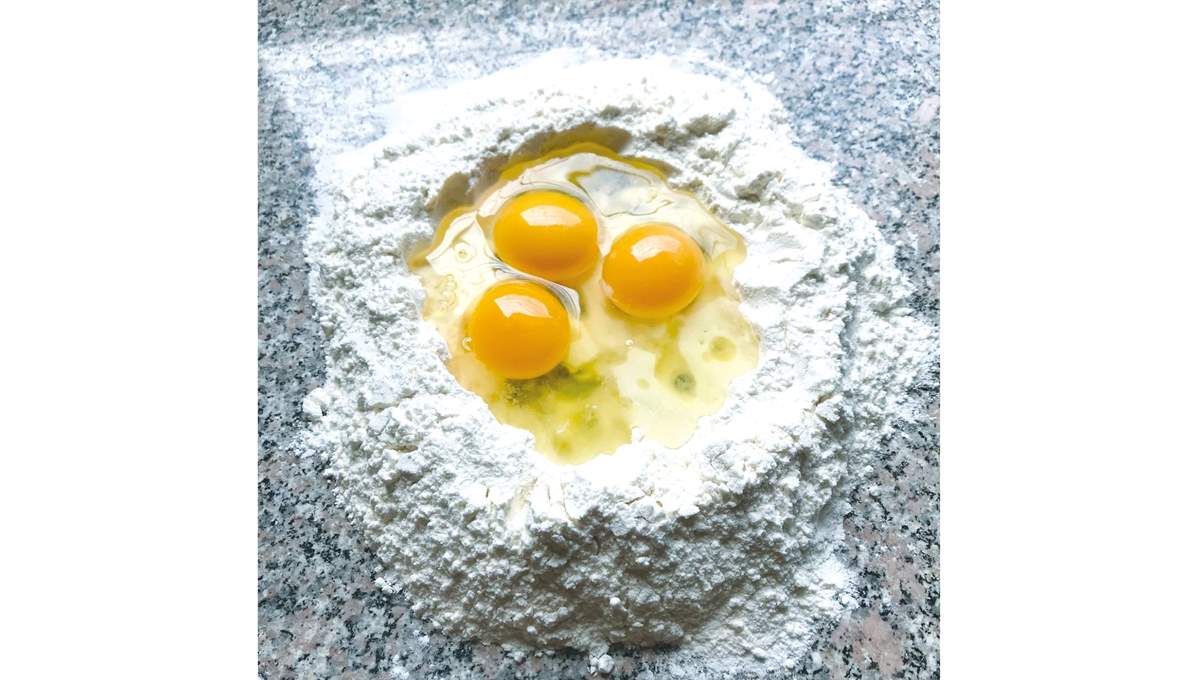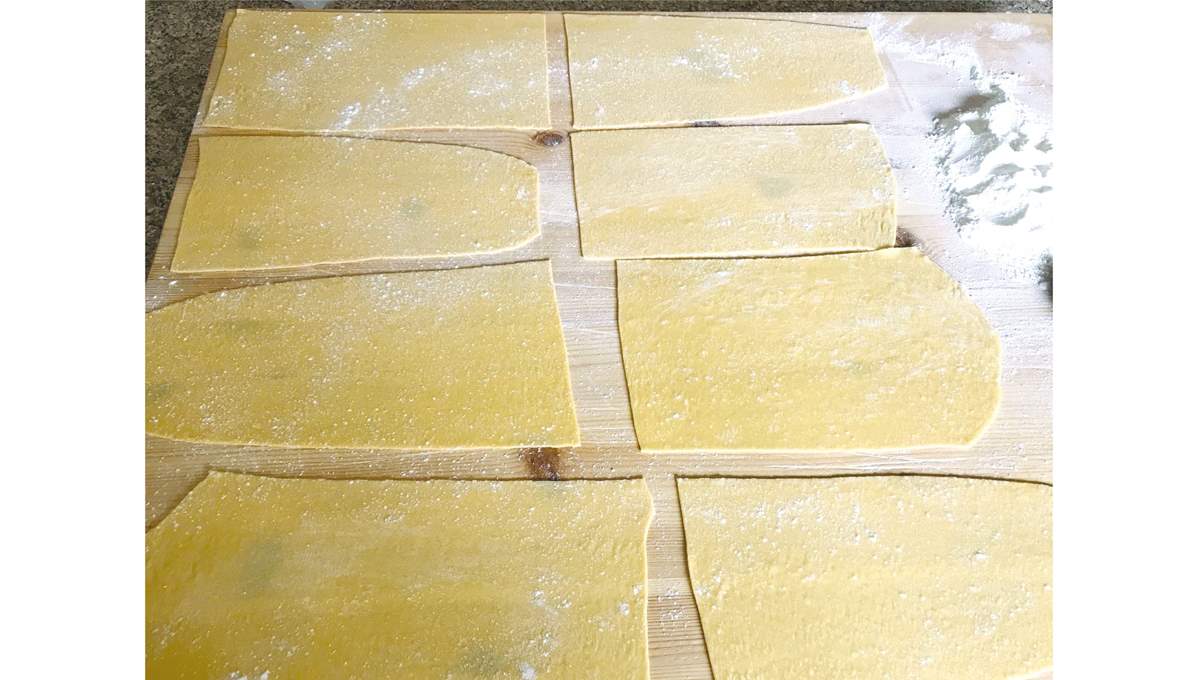For many of us, Italians, it is a ritual that is handed down from generation to generation, it is a childhood memory, the smell of home, it is a moment of celebration and conviviality with one’s family and friends. It is synonymous with refinement, the desire to take care of your loved ones, and of what you bring to the table for them to savor. اضافة اعلان
Fresh pasta is the flagship of Italian gastronomy, a tradition that is part of us, and of our country. As an Italian, it’s in my blood to know how to make fresh homemade pasta.
Preparing fresh pasta requires time, attention and patience to obtain a perfect pasta that has the right consistency, and a pleasant rough texture. Fundamental requirements distinguish and characterize a good plate of fresh homemade pasta, which makes it tasty and satisfying.
Tagliatelle, lasagna, ravioli, tortellini, maccheroni; when they are homemade, they are the taste of Italy.
There are many testimonies on the alleged origins of pasta; it is assumed that its discovery was gradual: from a simple dough of crushed wheat and water to the development of what we know now of pasta and bread. Pasta was born and developed independently along two strands: Asian and Mediterranean. And even if the origin is not certain, we all agree that pasta is a food enjoyed worldwide.
Climate is an important factor in determining the different types of pasta dough: dry pasta needs air and sun, while fresh pasta owes its elasticity to the humidity present in the environment.
In Italy, the preparation of homemade pasta changes from north to south. In the sunny and windy regions of southern and central Italy, the dough is made of durum wheat flour and water, then shaped into maccheroni, orecchiette, civatelli, bucatini, or trofie, to mention a few. In the northern regions, where the climate is more humid and foggy, the pasta is generally homemade with soft wheat flour and eggs, with the help of a rolling pin, the dough is pulled on a wooden surface into a thin sheet; depending on the width it is cut into, you get tagliolini, tagliatelle, fettuccine, lasagna, cannelloni, or even make your favorite stuffed pasta, ravioli or tortellini.
Whatever type of dough you choose, it can give life to a wide range of pasta shapes or can be enriched with delicious fillings of meat, fish, vegetables and cheeses. Once you have rolled out and cut the dough into the shape you prefer, you can immediately cook your fresh pasta, as it does not need to dry.
To prevent fresh pasta from sticking during cooking, which can happen, especially if you are trying your hand at preparing ravioli, just follow a simple trick and add 1 tablespoon of extra virgin olive oil to the cooking water.
Generally, the dough mostly used for fresh homemade pasta is the traditional recipe that includes eggs. Quantities of the basic ingredients (00 flour, egg, salt) can vary according to the type of pasta you wish to prepare (to simply cut-out, or to stuff and fill).
The traditional recipe below is the one handed down to me from my mother.
Recipes
Homemade Pasta
By Mario Junior Appiani
4 servings
Ingredients
300g 00 flour
3 eggs
A pinch of salt
Preparation
> Step 1: Sift the flour on your working area forming a fountain (with your fingers make a cavity similar to a crater). Sprinkle all around with a little bit of salt and break the eggs in the center of the flour fountain.

> Step 2: Lightly beat the eggs with a fork just enough to mix yolks and egg whites; then start to incorporate the flour little by little, taking it from the edges of the crater. When your flour fountain is almost all added in, mix the dough with your fingertips, until the dough is a bit grainy.
> Step 3: When the dough begins to take on consistency, work it with both hands: pull it back and forth with the lower part of the palm of your hands for a few minutes, scrape the dough residues that have remained stuck on the working surface and continue kneading your dough.
> Step 4: After kneading vigorously for 10 minutes, or until the dough begins to present bubbles, and an elastic ball is achieved, wrap it in film wrap so it is airtight and let the dough rest for at least 30 minutes, this process will make it lose elasticity and soften a little.
> Step 5: Cut the dough in 3 or 4 equal parts, form a ball, and then flatten it with your hands to make a disc shape. Roll out the dough on your working surface, keeping it well-floured at all times. Start with your rolling pin from the center, sliding it in all directions in order to obtain a sheet of uniform thickness. When the dough starts to widen, roll it and wrap it on the rolling pin and flip it on its other side. Continue to roll out the dough until you reach the desired thickness.

> Step 6: Get creative, shape your past, cut it out with a knife or rolling blade, cook it in boiling water and then season it with your favorite sauce and condiment.
Buon Appetito
Read more Good Food.



